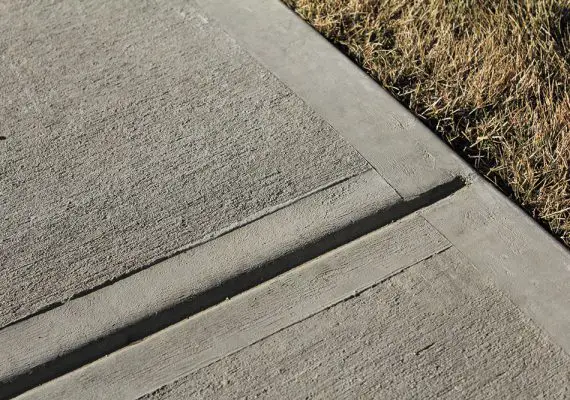What Is Outgassing In A Vacuum? What Causes Outgassing?
What Is Outgassing In A Vacuum?
Outgassing is when a non-metallic material, such as a polymer, adhesive, rubber, or potting compound/epoxy, releases gases when exposed to vacuum and/or heat.
This gas can then condense on other materials attached to the outgassed part, making them unavailable for use due to contamination.
Common outgassing products include printing ink, paint thinners, and cleaning agents. The process can also clean surfaces that come into contact with sensitive electronics and optics.
Outgassing should be controlled using proper venting techniques and preventive maintenance programs to reduce dangers posed by the accumulation of hazardous chemicals that might result from outgassing activities.
What Does It Mean To Outgas?
Outgassing refers to the process of removing gases from materials or space, usually through heating. It is a transitive verb that means eliminating or expelling unwanted gases to make room for fresh air or different types of gas.
Outgassing can occur inside buildings and other enclosed spaces due to various sources such as air fresheners, aerosol sprays, new furniture, building materials, and other sources found in modern living environments.
If left unventilated or unchecked, outgassing can lead to elevated levels of indoor pollutants, which can affect overall health and well-being.
What Causes Outgassing?
Outgassing is caused by a rise in temperature, which causes air and moisture vapor to increase in volume and pressure. This results in an increased amount of gas being released from the concrete as it expands.
Outgassing can also be affected by water used during the mixing process, where more water leads to more outgassing when heated. In extreme cases, this can cause damage to surfaces due to the release of volatile organic compounds (VOCs).
The presence of VOCs can result in a number of health issues due to the inhalation of such pollutants. To avoid excessive outgassing, appropriate temperatures should be maintained during the mixing and curing processes outgassing activities.
Where Does Outgassing Occur?
Outgassing is a phenomenon that occurs when non-metallic materials such as polymers, adhesives, rubber, and potting compounds/epoxy are exposed to heat or vacuum.
As a result of this, these materials release a gas which eventually condenses on other surfaces making the material inoperable.
Outgassing generally occurs during the production of the material, however, it can also occur if the environment changes which affects the pressure or temperature in which the materials are stored.
It is for this reason that outgassing must be considered in order to maintain the operational performance of sensitive equipment and devices.
What Is Outgassing, And How Can It Be Minimized?
Outgassing occurs when volatiles in materials and components are released into the system, causing a buildup of gas particles. To minimize outgassing, ex-situ techniques such as surface cleaning and treatments should be employed prior to system installation.
Vent-purge cycling and system bake-out can further reduce outgassing by removing trapped gases from interior surfaces. These processes can greatly reduce the amount of gas that accumulates in a system, allowing for higher vacuum levels to be achieved.
What Are The Differences Between Outgassing And Degassing?
Outgassing is the natural release of gas from a solid or liquid while degassing is a process in which gases such as oxygen, nitrogen, and carbon dioxide are deliberately removed from liquids and/or solids.
Outgassing occurs due to the vapor pressure created by surface molecules on the object, while degassing is usually done to reduce contaminants that could lead to unwanted reactions or damage within an application.
Degassing, whether through a vacuum or thermal methods, helps increase lubricity and improve particle penetration for various materials.


